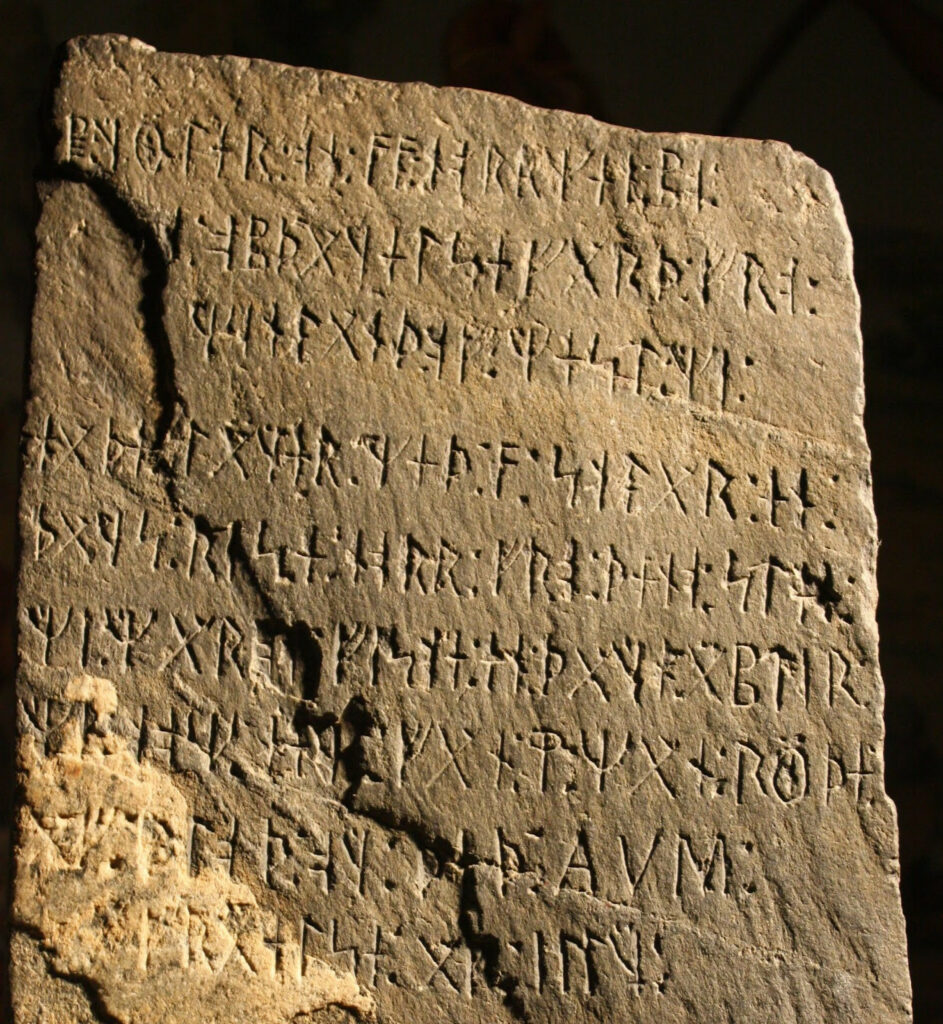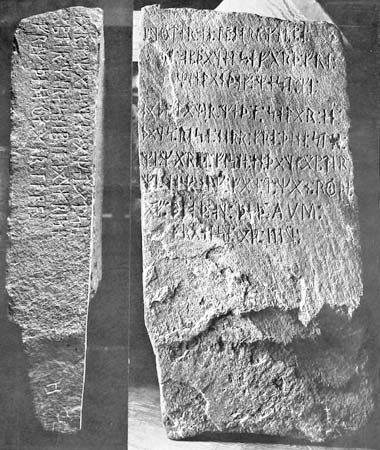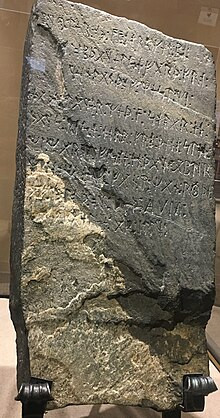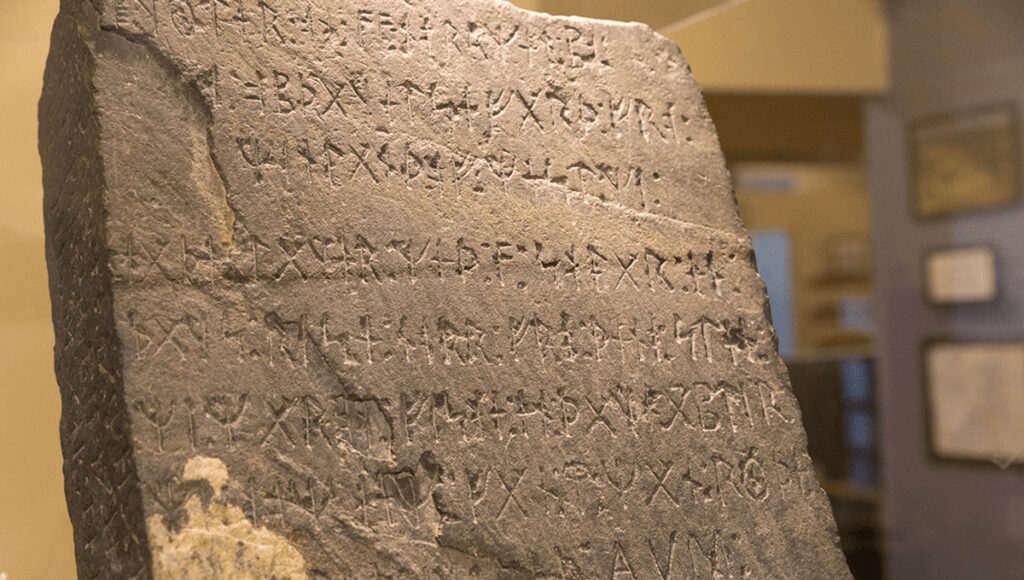A Controversial Discovery in Minnesota

In 1898, a farmer in Kensington, Minnesota, unearthed a peculiar stone that would spark a century-long debate. This graywacke slab, known as the Kensington Runestone, bore runic inscriptions that hinted at a revolutionary idea: Scandinavian explorers may have reached North America long before Columbus.
Decoding the Ancient Message
A Tale of Exploration and Tragedy

The runestone’s inscription tells a gripping story of “8 Goths and 22 Norwegians” on an “exploration journey from Vinland.” It recounts a tragic turn of events where the explorers return from fishing to find ten of their companions “red with blood and dead.” The message concludes with a prayer and mentions a group guarding their ships nearby.
Implications for History

If authentic, this artifact could rewrite the narrative of early European exploration in the Americas. It suggests that Norse expeditions ventured far beyond their known settlements in eastern Canada, challenging our understanding of pre-Columbian contact.
The Great Debate: Real or Fake?
Supporting Authenticity

Proponents argue that the stone’s linguistic features and runic style align with medieval Norse practices. They draw comparisons to other authenticated Norse artifacts to bolster their case.
Skeptics’ Counterarguments

Critics, however, point to signs of modern carving techniques and linguistic inconsistencies. They propose that the runestone might be a late 19th or early 20th-century hoax.
An Ongoing Mystery
Despite numerous studies and heated debates, the Kensington Runestone’s authenticity remains unresolved. It continues to captivate scholars and history enthusiasts alike, serving as a reminder of the power of archaeological discoveries to challenge our historical narratives.

Whether genuine or fake, the Kensington Runestone has undeniably left its mark on discussions of early American history. As research continues, this enigmatic artifact stands as a testament to the enduring allure of unsolved historical mysteries.
